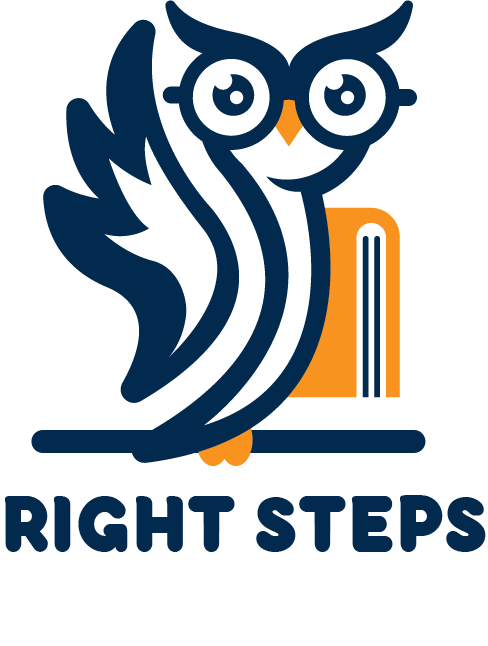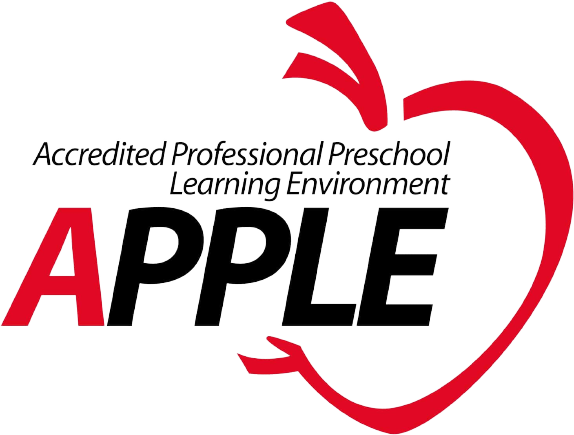What is Kindergarten?
Kindergarten is the first official year of formal schooling for children who are typically five years old by September 1 of the school year. Our Kindergarten program provides a full-day educational experience focused on building foundational academic, social, and emotional skills to ensure school readiness and long-term success.
Children in our Kindergarten class engage in structured learning through a balanced curriculum that promotes reading, writing, math, science, creative expression, and social development in a nurturing and stimulating environment.
The Kindergarten Classroom
Research consistently shows that children benefit greatly from a well-organized and developmentally appropriate classroom environment. A thoughtfully arranged Kindergarten classroom helps meet children’s needs for movement, comfort, competence, and independence (White, 2004).
- Room Size: Our Kindergarten classroom exceeds state guidelines with sufficient space for whole-group instruction, small-group activities, and independent learning. Each student has ample space to move freely, explore learning centers, and feel secure in the environment.
Classroom Centers
Our Kindergarten classroom is organized into dedicated learning centers, which support academic growth, problem-solving, creativity, and collaboration:
- Reading Area: A cozy space with a wide variety of fiction, non-fiction, and leveled readers that promote early literacy, vocabulary development, and a love for books. Students enjoy independent and guided reading here daily.
- Writing & Literacy Center: Stocked with paper, pencils, word walls, sentence strips, and sight word activities. This area encourages students to practice handwriting, sentence structure, and phonics-based writing.
- Math Center: Features manipulatives like counters, number lines, pattern blocks, and ten frames. Students develop number sense, measurement skills, and early problem-solving strategies in hands-on ways.
- Science & Discovery Center: Students explore nature, conduct simple experiments, observe plants and insects, and learn to ask questions and draw conclusions—building curiosity and critical thinking.
- Dramatic Play Area: Encourages role-playing, storytelling, and teamwork. This space supports emotional intelligence, language skills, and creativity.
- Block Center: Offers a variety of building materials for constructing structures, creating patterns, and solving spatial problems. This helps with motor coordination and early math concepts.
- Art Center: Students express themselves through painting, drawing, cutting, gluing, and crafting. Open-ended art experiences promote creativity, confidence, and fine motor development.
- Technology Center: Equipped with age-appropriate tablets or computers for literacy and math games, reinforcing concepts taught during whole-group lessons.
- Music & Movement Area: Used for songs, dancing, rhythm exercises, and transition activities. This center enhances gross motor skills, memory, and classroom engagement.
Outdoor Play Area
Our Kindergarteners enjoy daily recess in a secure, shaded outdoor space with equipment that supports climbing, running, imaginative play, and social interaction. Outdoor time is essential for motor development, brain function, and peer bonding.
Curriculum, Grading, and Teacher Qualifications
- Our Kindergarten program follows the Houghton Mifflin curriculum, a comprehensive resource that supports literacy, mathematics, science, and social studies with age-appropriate instruction and engaging materials.
- Student progress is tracked and communicated through the ThinkWave grading system. Families receive regular updates and report cards reflecting growth in academic and developmental areas.
- All Kindergarten teachers are fully certified and hold valid teaching certificates, ensuring that your child receives quality instruction from knowledgeable and experienced educators.
Learning Environment
Our classroom layout is based on best practices in early childhood education (Conant, 2012). The room is structured with:
- Clearly defined learning centers separated by furniture
- Labeled shelves with accessible materials
- A balance of quiet and active areas to support focus and choice
- Flexible seating to meet individual learning needs
We believe a well-planned, inviting environment helps children develop independence, responsibility, and a lifelong love of learning.
A parentally placed private school student with a disability does not have an individual right to receive some or all of the special education and related services that the student would receive if enrolled in a public school under the Individuals with Disabilities Education Act.


